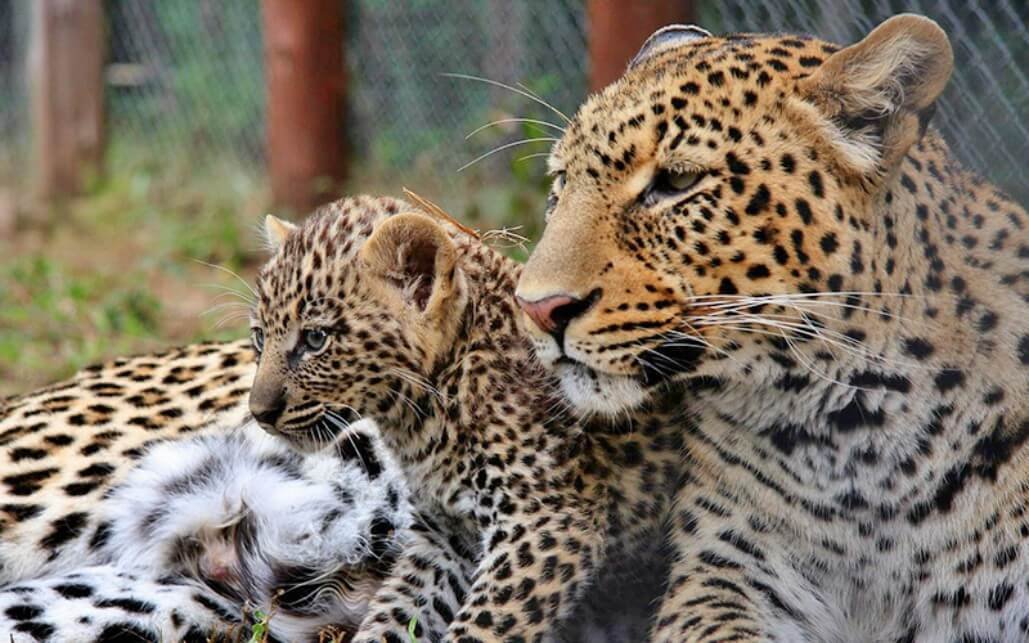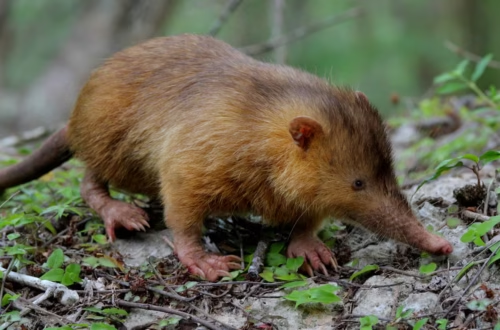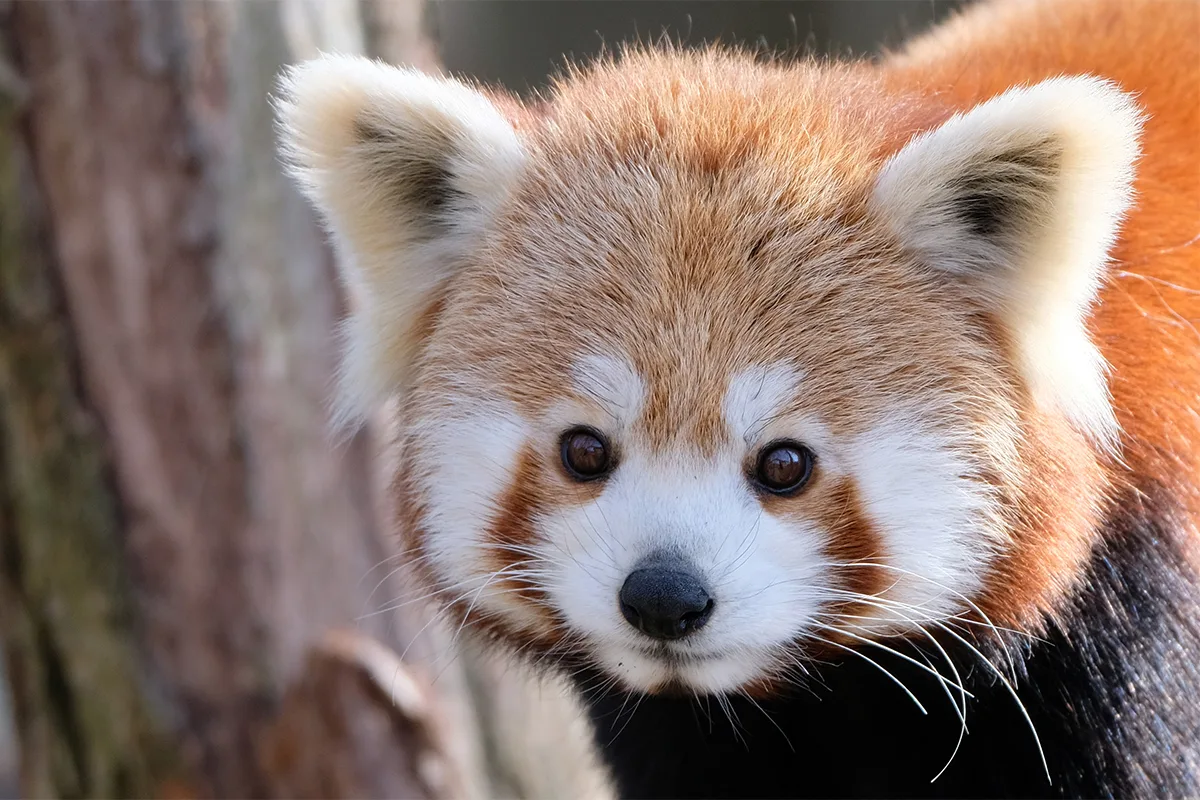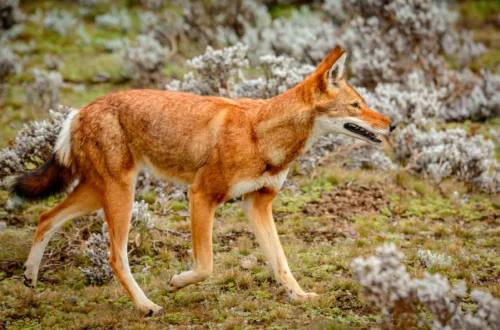Introduction to Zimbabwe’s Wildlife Wonderland
Zimbabwe, nestled in southern Africa, is a treasure trove of biodiversity, where sprawling savannahs, lush forests, and shimmering wetlands teem with life. From the thundering herds of elephants in Hwange National Park to the elusive pangolins of the eastern highlands, the country’s fauna is a vibrant tapestry of nature’s finest creations. This article dives deep into the heart of Zimbabwe’s wildlife, exploring its iconic species, unique ecosystems, and the conservation efforts that keep this natural heritage alive. Whether you’re planning a safari or simply curious about Africa’s wild wonders, let’s embark on a journey through Zimbabwe’s untamed beauty.
Why Zimbabwe’s Wildlife Stands Out
Zimbabwe’s wildlife is exceptional due to its diversity and the country’s commitment to conservation. With over 350 mammal species, 500 bird species, and a rich array of reptiles and amphibians, Zimbabwe is a biodiversity hotspot. Its varied landscapes, from the Zambezi River’s floodplains to the granite hills of Matobo, create habitats for some of Africa’s most iconic animals. The nation’s conservation model, including community-led initiatives like CAMPFIRE, sets it apart as a leader in sustainable wildlife management.
A Biodiversity Hotspot
Zimbabwe boasts 6,398 plant species, 270 mammals, 627 birds, and 197 reptiles, with 232 plant species endemic to the region. This diversity stems from ecosystems ranging from miombo woodlands to wetlands like Mana Pools. The country’s protected areas cover 27.2% of its land, safeguarding species like the African elephant and black rhino.
Unique Conservation Approach
Zimbabwe’s Parks and Wildlife Act of 1975 empowers landowners to manage wildlife sustainably, fostering a balance between human needs and nature. Programs like CAMPFIRE involve local communities in conservation, reducing poaching and promoting eco-tourism. This approach has made Zimbabwe a model for wildlife preservation in Africa.
Iconic Animals of Zimbabwe
Zimbabwe’s wildlife is headlined by its “Big Five” and other remarkable species. These animals draw adventurers from across the globe, eager to witness their majesty in the wild. Let’s explore some of the stars of Zimbabwe’s fauna.
African Elephant: The Gentle Giant
The African savannah elephant, a keystone species, roams Hwange National Park in one of the continent’s largest populations. These giants shape ecosystems by creating waterholes and spreading seeds, but their numbers strain resources during droughts. Conservation efforts, like the Zimbabwe Elephant Nursery, protect orphaned calves, ensuring their survival.
Black Rhino: A Conservation Success Story
Zimbabwe hosts the world’s fourth-largest black rhino population, with approximately 616 individuals. Intensive anti-poaching measures and habitat protection in parks like Matobo have helped stabilize this endangered species. Their recovery is a testament to Zimbabwe’s dedication to wildlife preservation.
African Wild Dog: The Painted Wolf
The African wild dog, with its mottled coat and tight-knit packs, is one of Africa’s most endangered carnivores. Mana Pools and Hwange National Parks are strongholds for these skilled hunters, whose populations face threats from habitat loss and human conflict. Their playful pack dynamics captivate safari-goers.
Lion: The King of the Savannah
Lions, apex predators, maintain ecosystem balance by controlling herbivore populations. Hwange and Mana Pools host significant prides, with an 87% sighting success rate for visitors. Their roars echo through the night, a thrilling reminder of Zimbabwe’s wild heart.
Unique Species to Spot
Zimbabwe’s lesser-known animals are equally fascinating:
- Sable Antelope: Known for their striking curved horns, found in Hwange and Matobo.
- Pangolin: The world’s most trafficked mammal, these nocturnal creatures control insect populations.
- Marshall’s Pygmy Chameleon: A tiny, colorful reptile in the eastern highlands.
- African Fish Eagle: A majestic bird often seen near Lake Kariba, its cry a symbol of the wild.
Zimbabwe’s Premier Wildlife Destinations
Zimbabwe’s national parks and reserves offer unparalleled opportunities to witness its fauna. Each park has a unique character, from rugged terrains to lush riverine systems. Here are the top destinations for wildlife enthusiasts.
Hwange National Park: Elephant Haven
Hwange, Zimbabwe’s largest park at 14,650 km², is renowned for its elephant herds and diverse wildlife, including rare brown hyenas and gemsboks. Its vast plains and waterholes make it a safari must-visit, though overpopulation during droughts poses challenges.
Mana Pools National Park: A UNESCO Gem
Mana Pools, a UNESCO World Heritage Site, transforms into a network of lakes during the rainy season, attracting elephants, buffalo, and predators. Its canoe safaris offer intimate wildlife encounters along the Zambezi River, a bucket-list experience.
Matobo National Park: Leopard Stronghold
Matobo’s granite hills harbor the world’s densest leopard population and a thriving white rhino population. Its cultural significance, with ancient rock art, adds depth to its wildlife allure, making it a unique destination.
Gonarezhou National Park: The Elephant’s Tusk
Gonarezhou, meaning “place of many elephants,” spans 5,000 km² of rugged lowveld terrain. Its baobab-dotted landscapes host 500 bird species and unique aquatic fauna like the Zambezi shark. It’s part of the Great Limpopo Transfrontier Park, linking with South Africa and Mozambique.
Comparison of Top Parks
| Park | Size (km²) | Key Species | Unique Feature |
|---|---|---|---|
| Hwange | 14,650 | Elephants, wild dogs, brown hyena | Largest park, vast plains |
| Mana Pools | 2,196 | Lions, wild dogs, hippos | Canoe safaris, UNESCO site |
| Matobo | 424 | Leopards, white rhinos, black eagles | Granite hills, cultural sites |
| Gonarezhou | 5,000 | Elephants, sable antelope, Zambezi shark | Rugged terrain, transboundary park |
Conservation Challenges and Efforts
Zimbabwe’s wildlife faces significant threats, but innovative conservation strategies are making a difference. From poaching to climate change, the challenges are complex, yet the country’s response is inspiring.
Threats to Zimbabwe’s Wildlife
- Poaching: Illegal hunting for rhino horns and elephant tusks remains a major issue, driven by demand in Asia.
- Habitat Loss: Deforestation, at 330,000 hectares annually, and agricultural expansion shrink wildlife habitats.
- Human-Wildlife Conflict: Growing human populations near parks like Hwange lead to conflicts, especially with elephants.
- Climate Change: Prolonged droughts, like those prompting the relocation of 2,500 animals in 2022, threaten water and food availability.
Conservation Successes
Zimbabwe’s conservation efforts are a beacon of hope:
- Anti-Poaching Units: Patrols in Hwange reduced snares by 80% in a year, protecting species like elephants and wild dogs.
- Community Initiatives: CAMPFIRE empowers locals to benefit from wildlife tourism, reducing poaching incentives.
- Habitat Restoration: Reforestation and wetland rehabilitation projects, like those by the Zimbabwe Wildlife Trust, enhance ecosystems.
- Rewilding Projects: “Project Rewild Zambezi” relocated 2,500 animals to restore populations in northern conservancies.
Pros and Cons of Conservation Strategies
Pros:
- Community involvement fosters sustainable practices.
- Anti-poaching measures have stabilized rhino populations.
- Transboundary parks enhance regional biodiversity protection.
Cons:
- Limited funding hinders large-scale initiatives.
- Human-wildlife conflicts persist in densely populated areas.
- Climate change impacts outpace some conservation efforts.
Experiencing Zimbabwe’s Wildlife: Safari Options
For those eager to witness Zimbabwe’s fauna, safaris offer immersive experiences. From luxury lodges to walking tours, there’s something for every adventurer.
Types of Safaris
- Game Drives: Ideal for spotting the Big Five in Hwange and Mana Pools.
- Canoe Safaris: Unique to Mana Pools, offering close encounters with hippos and crocodiles.
- Walking Safaris: Led by expert guides, these provide intimate views of tracks and smaller species.
- Birdwatching Tours: Matobo and Lake Kariba are hotspots for spotting African fish eagles and lilac-breasted rollers.
Best Tools for Planning Your Safari
- Booking Platforms: Use SafariBookings.com or ExpertAfrica.com for tailored itineraries.
- Guide Services: Zimbabwe’s guides, trained under Africa’s toughest standards, enhance your experience.
- Apps: Apps like iNaturalist help identify species during your trip.
Where to Get the Best Safari Experience
- Hwange National Park: Luxury camps like Somalisa offer top-tier game drives.
- Mana Pools: Camps like Ruckomechi provide canoe and walking safaris.
- Victoria Falls: Combine wildlife with the falls at eco-lodges like Ilala Lodge.
People Also Ask (PAA) Section
What animals are native to Zimbabwe?
Zimbabwe is home to elephants, lions, leopards, rhinos, buffalo, African wild dogs, pangolins, and over 600 bird species. Notable parks like Hwange and Mana Pools host these species in diverse ecosystems.
Where can I see wildlife in Zimbabwe?
Top destinations include Hwange, Mana Pools, Matobo, and Gonarezhou National Parks. Each offers unique landscapes and species, with guided safaris ensuring memorable encounters.
What is the best time to visit Zimbabwe for wildlife?
The dry season (May–October) is ideal, as animals gather at waterholes, making them easier to spot. Hwange and Mana Pools are particularly rewarding during this period.
How is Zimbabwe protecting its wildlife?
Zimbabwe employs anti-poaching units, community programs like CAMPFIRE, and habitat restoration. The Parks and Wildlife Act of 1975 supports sustainable management, while transboundary initiatives protect migratory species.
A Personal Connection to Zimbabwe’s Wildlife
Growing up, I was captivated by stories of African safaris, imagining myself tracking lions or watching elephants bathe in a river. My first visit to Hwange National Park turned that dream into reality. As our guide pointed out a herd of elephants at a waterhole, their trunks playfully splashing water, I felt a profound connection to nature. The sight of a lone African wild dog, its ears perked as it scanned the horizon, reminded me how fragile yet resilient these creatures are. These moments fuel my passion for sharing Zimbabwe’s wildlife story, hoping to inspire others to protect it.
FAQ Section
What are the most endangered animals in Zimbabwe?
The black rhino, African wild dog, and pangolin are among Zimbabwe’s most endangered species, threatened by poaching and habitat loss. Conservation efforts in parks like Hwange and Matobo aim to protect them.
How does Zimbabwe’s wildlife contribute to its economy?
Wildlife tourism, including safaris and eco-lodges, generates approximately $2 billion annually. The Zimbabwe Biodiversity Economy Report highlights eco-tourism and non-timber forest products as key economic drivers.
Can I volunteer for wildlife conservation in Zimbabwe?
Yes, organizations like the African Wildlife Foundation and Wild is Life offer volunteer opportunities. Tasks include snare removal, habitat restoration, and community education. Check their websites for details.
What is the best national park for birdwatching in Zimbabwe?
Matobo National Park is a birdwatching haven, with over 200 species, including black eagles and lilac-breasted rollers. Lake Kariba also attracts aquatic birds like African skimmers.
How safe are safaris in Zimbabwe?
Safaris are generally safe when guided by professionals. Zimbabwe’s guides undergo rigorous training, ensuring safe and enriching experiences. Always follow guide instructions, especially on walking safaris.
Conclusion: Preserving Zimbabwe’s Wild Legacy
Zimbabwe’s wildlife is a global treasure, from the majestic elephants of Hwange to the elusive leopards of Matobo. Its conservation efforts, blending community involvement with innovative strategies, offer hope amidst challenges like poaching and climate change. By visiting responsibly or supporting conservation initiatives, you can help ensure this vibrant fauna thrives for generations. Plan your safari, immerse yourself in Zimbabwe’s wild heart, and let its animals inspire you to protect our planet’s biodiversity.





